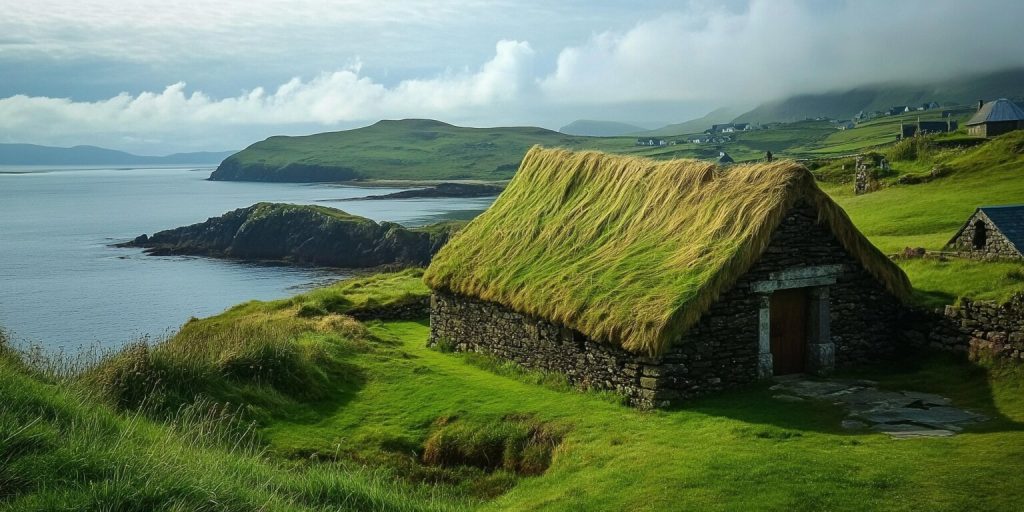Viking Sites, Vikings
Viking Sites in Ireland
Ireland’s history is full of stories from the Viking Age. This time changed Ireland’s culture and land, marking the beginning of the Viking era. The Vikings came in the late 8th century, bringing new trade and settlements.
Now, many viking archaeological sites in Ireland remain. They show us the old settlements and artifacts. These sites tell us about the Vikings in Ireland.
These sites show how cultures mixed and clashed. They tell us about Ireland’s early changes. Learning about these Viking sites across Ireland shows how Viking Ireland changed. This was a time of exploration, trade, and sometimes war.
Introduction
The Viking Age in Ireland started around 795 A.D. and deeply changed the island’s culture. The Vikings set up important settlements in places like Viking Dublin and Waterford, which were key for trade and commerce.
Vikings made several towns that were crucial for trade. These Viking towns helped connect different cultures and boosted the economy. The Vikings’ building styles and city plans mixed with Irish traditions.
Archaeologists have found many things that tell us about Viking life. These discoveries show how the Vikings affected local communities. Their impact is still seen today in Irish culture, language, and place names.
Featured Viking Sites
Ireland is full of Viking history and has many amazing sites. These Viking sites Ireland tell us about the Vikings’ lives and their mark on Irish culture during the Viking era. The Dublin Viking settlement, Woodstown, Waterford’s Viking Triangle, Lough Corrib, and the Clondalkin Round Tower are key spots.
Dublin Viking Settlement
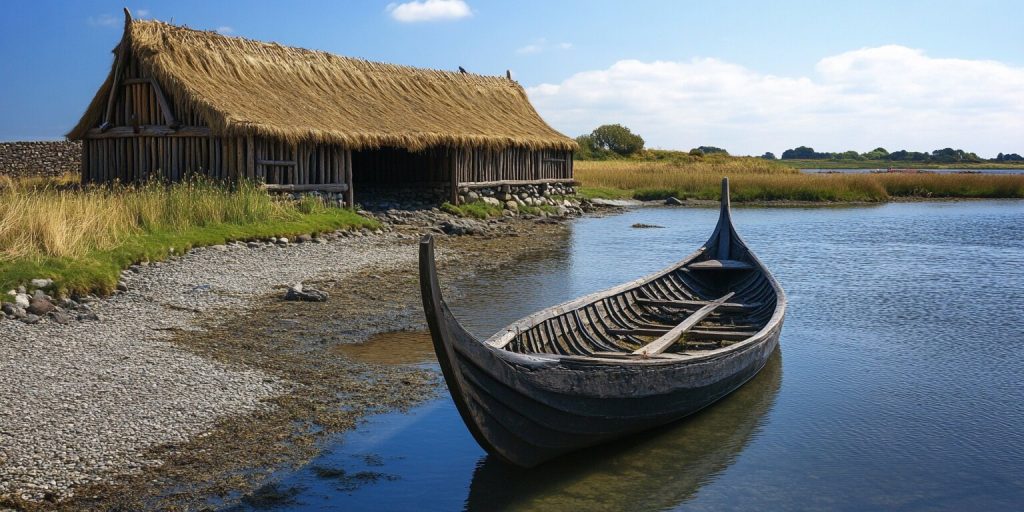
The Dublin Viking settlement is a key spot in Viking history in Ireland. It lets visitors see what life was like back then in a replica of a Viking house. Dublinia shows the details of Viking life, and a reconstructed Viking longboat shows their sea skills.
Woodstown
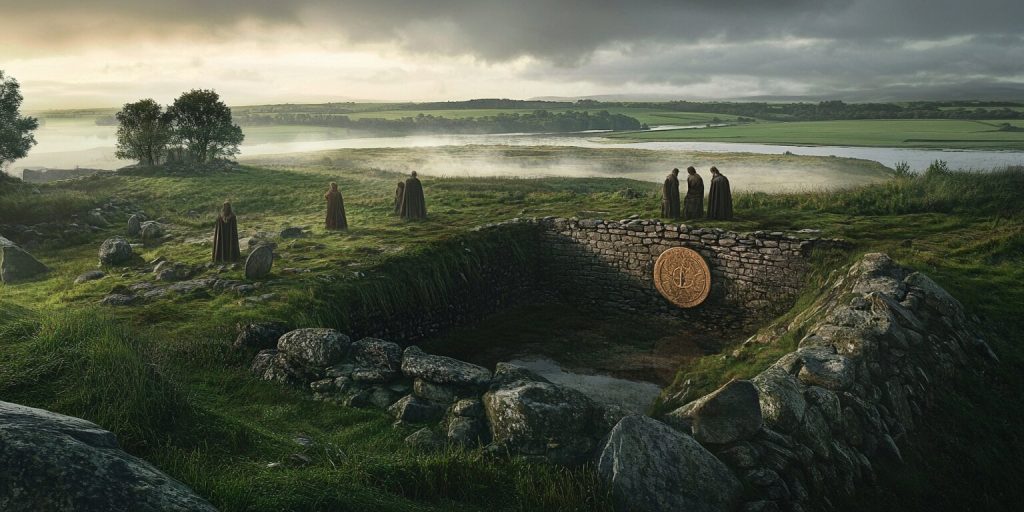
Woodstown is a major find for archaeologists and is considered a top Viking site in Ireland. It has given up many artifacts, such as brooches and tools, from the Viking period, which show us what Viking daily life was like.
Waterford
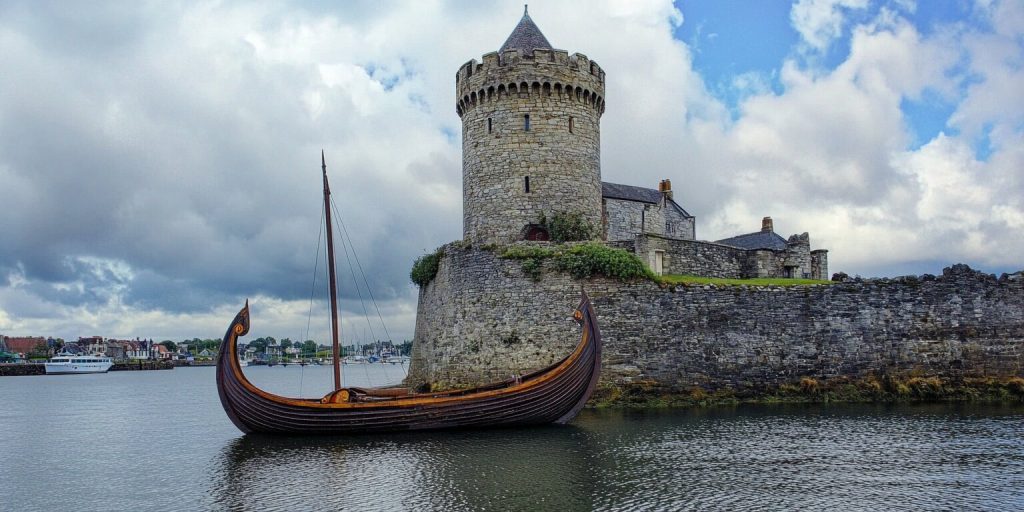
Waterford’s Viking Triangle tells us about the Vikings’ big impact on the area. It has landmarks like Reginald’s Tower, which is a symbol of the city’s Viking past and sparks interest in the era.
Lough Corrib
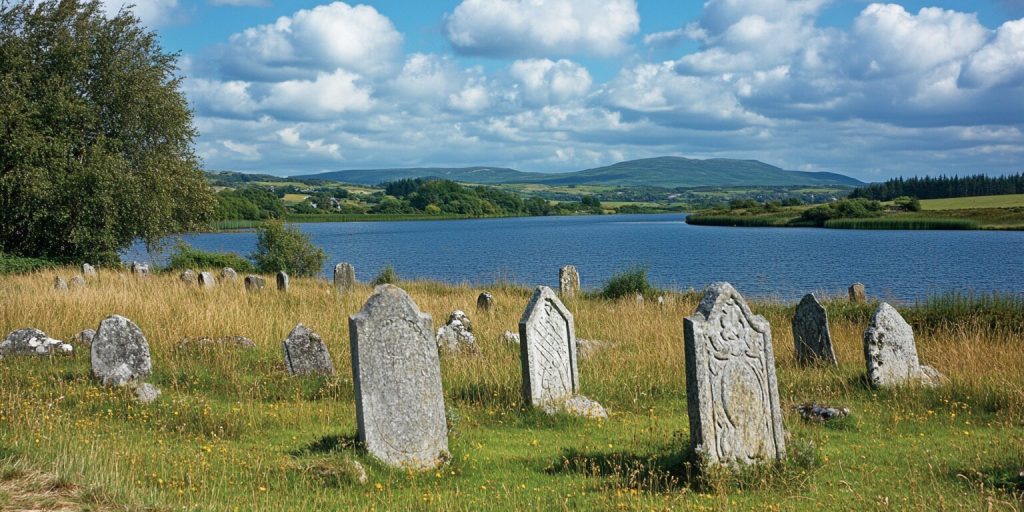
Places around Lough Corrib have Viking burials that tell us about their Scandinavian ways. These graves help us understand their social life and beliefs as Viking warriors. They also show us how the Vikings settled in Ireland.
Clondalkin Round Tower
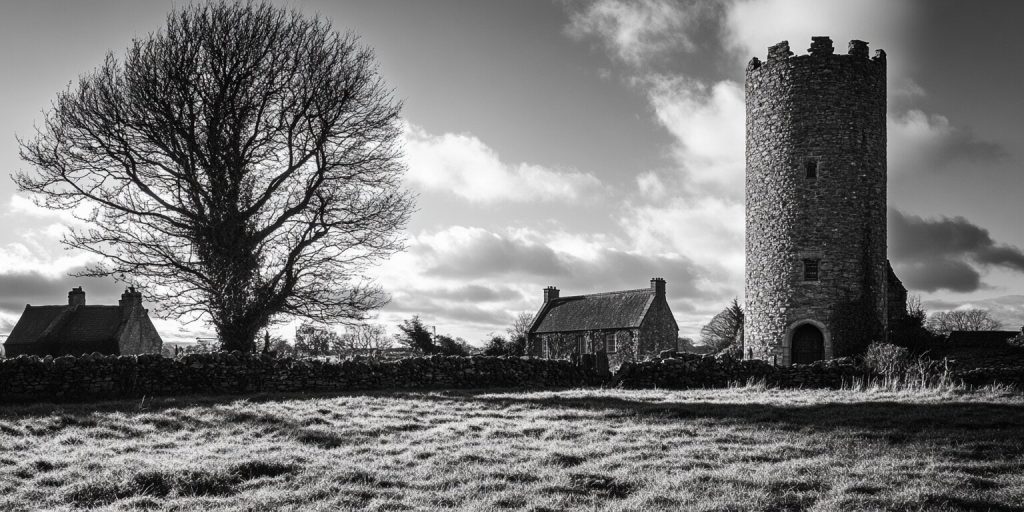
The Clondalkin Round Tower is a wonder to see, showcasing the mix of Viking and Irish cultures from the Viking era. It’s linked to Viking attacks on local monasteries during the Viking period, making it a key site for learning about Ireland’s complex history.
Travel Tips
Exploring Viking sites in Ireland gives you a peek into the country’s deep history. Here are some tips for a great trip to explore Viking Ireland.
- Optimal Times to Visit: Late spring and early autumn are the best times to visit Dublin and other areas. The weather is nice, making it perfect for seeing outdoor sites.
- Guided Tours: Local tour guides in Irish towns can share lots of information about Viking culture. Many tours in Dublin focus on Viking history and sites outside the city.
- Transportation: Ireland’s public transport is easy to use and easily gets you to Viking sites. Buses and trains connect Dublin to important Viking spots, including Viking Dublin.
- Explore the Irish National Heritage Park: This park in Wexford lets you dive into Viking life. It has rebuilt settlements that show Ireland’s ancient past, helping you understand Viking influences across Ireland.
- National Museum of Ireland: Don’t miss this museum. It has exhibits and artifacts about Vikings that add to your knowledge of Irish heritage.
- Accommodations and Dining: Stay and eat near the Viking sites to really get into the culture. Local places serve traditional Irish food, giving you a flavor of the Viking period in the area.
Visiting these amazing places helps boost tourism in Ireland and makes you appreciate its rich history more.
Cultural Insights & Viking History
The Viking legacy deeply influenced Ireland’s culture, blending with local customs in places like Wicklow. Their impact is seen in trade, craftsmanship, and Norse mythology during the Viking period, which has shaped Irish heritage.
The Viking Triangle in Waterford is key to understanding this blend of Viking influences across the island of Ireland. It has a medieval museum with artifacts showing Viking life. Visitors learn about Viking activities in Ireland and how they blend with locals.
Leaders like the King of the Vikings were crucial in Viking times. Their stories tell us about society and the relationship between the Vikings and the Irish. These stories highlight the lasting impact of the Vikings on today’s heritage.
Final Words
The Vikings left a lasting mark on Irish history and culture, especially in towns like Limerick. Even after the Viking Age ended, their legacy lives on. Dublin still shows their presence through old structures like the Viking settlement remains.
Viking sites Ireland are more than just old buildings. They help us understand Ireland’s complex history. They show how the Vikings mixed with the Irish, creating a unique culture.
Today, we see the Vikings’ impact on Ireland’s identity. Their traditions and trade routes have shaped the country, and this mix of cultures is still felt today.
It’s important to keep the Viking sites and artifacts safe for Viking tourism in Ireland in the future. They tell us about a key time in Ireland’s history. Keeping these places alive keeps the Viking story close to Ireland’s heart.

